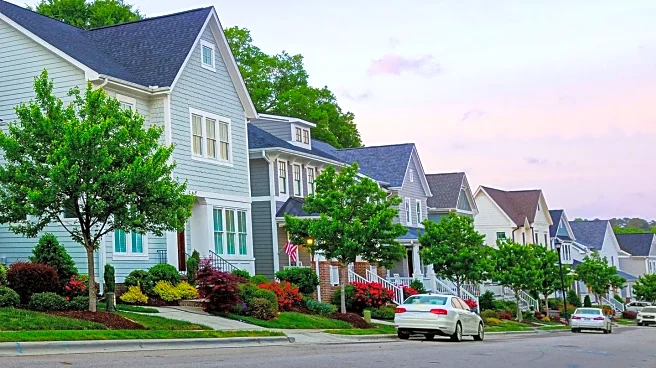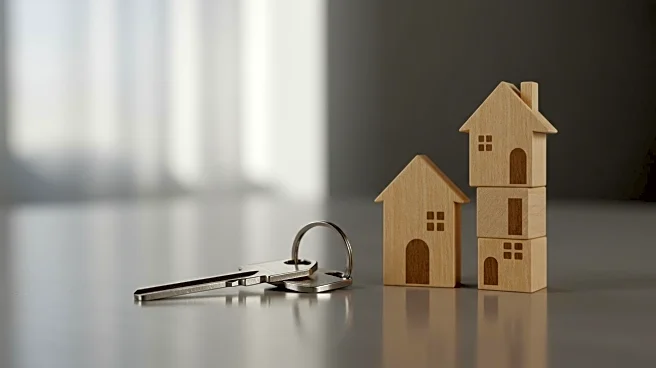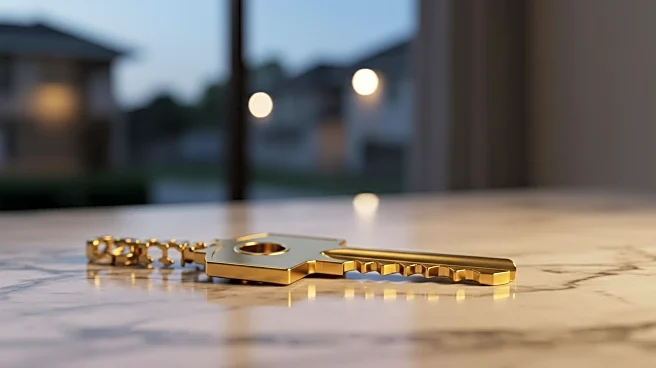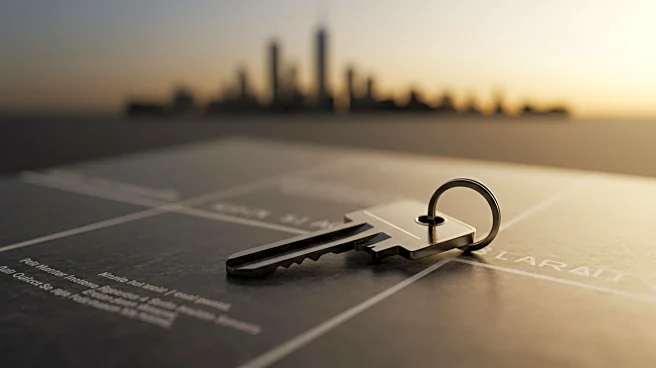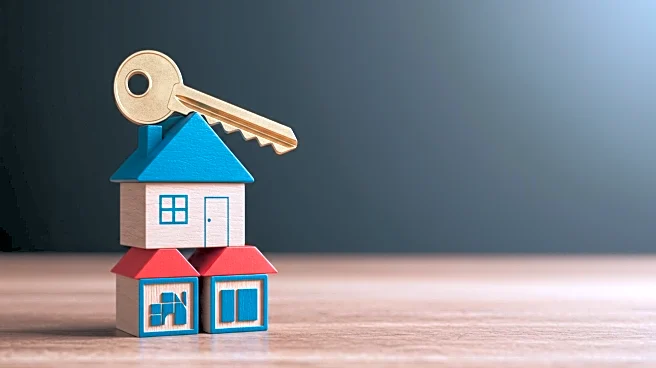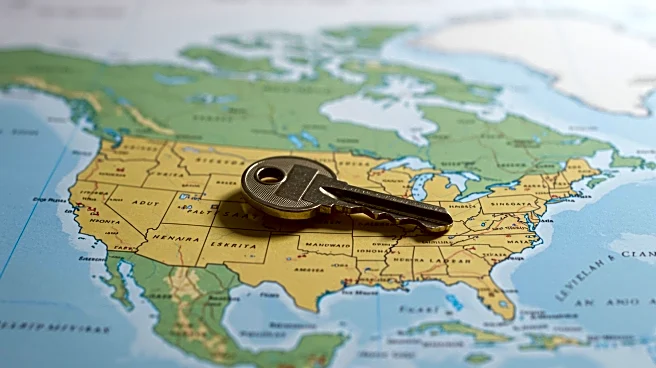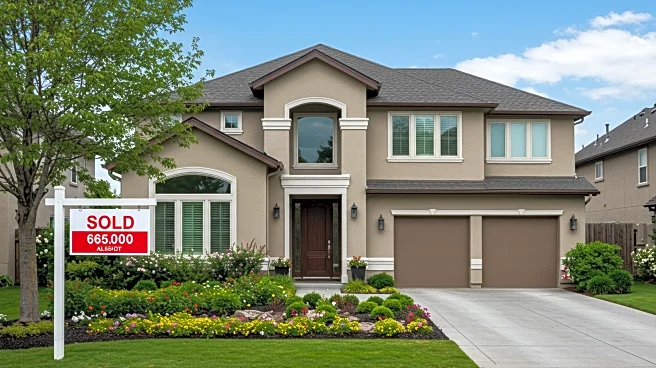Rapid Read • 8 min read
Realtor.com has released its annual list of the Hottest ZIP Codes in the United States for 2025, highlighting Marlton and Wayne in New Jersey as key areas where homes are selling rapidly. The list is based on metrics such as unique viewers per property and the duration listings remain active. Marlton, located in Burlington County, has a median house price of $495,000, with properties receiving 3.9 views per listing and staying on the market for 17 days. Wayne, in Passaic County, has a median house price of $664,000, with properties receiving 3.3 views per listing and staying on the market for 22 days. These areas are noted for their suburban appeal and affordability relative to local metro medians.
AD
The inclusion of Marlton and Wayne in the list underscores a trend where homebuyers are seeking value in suburban areas that offer affordability despite elevated mortgage rates. This shift is significant as it reflects broader economic conditions and consumer behavior in the housing market. The rapid turnover in these ZIP codes suggests strong demand, which could influence local real estate markets and pricing strategies. Additionally, the focus on suburban areas highlights a potential shift in demographic preferences, possibly driven by lifestyle changes post-pandemic.
As these ZIP codes continue to attract attention, local real estate markets may experience increased competition, potentially driving up prices further. Real estate agents and developers might focus on these areas to capitalize on the demand. Additionally, local governments may need to address infrastructure and community services to accommodate growing populations. The trend could also influence broader housing policies, encouraging development in suburban areas to meet demand.
The trend of suburban areas gaining popularity could have long-term implications for urban planning and development. As more people opt for suburban living, there may be increased pressure on transportation networks and public services. This shift could also impact cultural dynamics, as suburban areas become more diverse and economically vibrant. The focus on affordability might drive innovations in housing design and construction to meet consumer needs.
AD
More Stories You Might Enjoy


